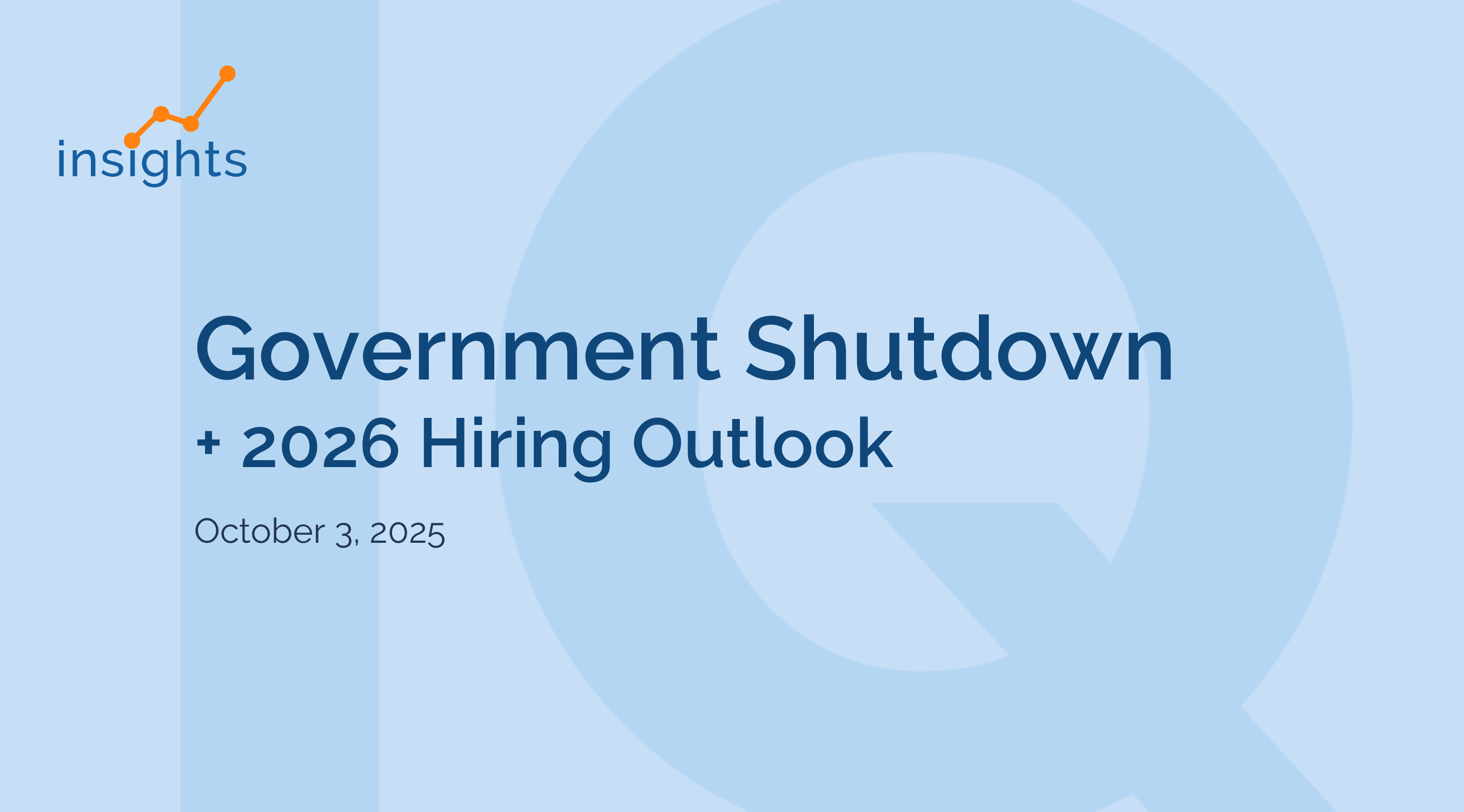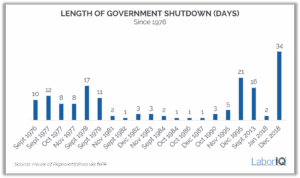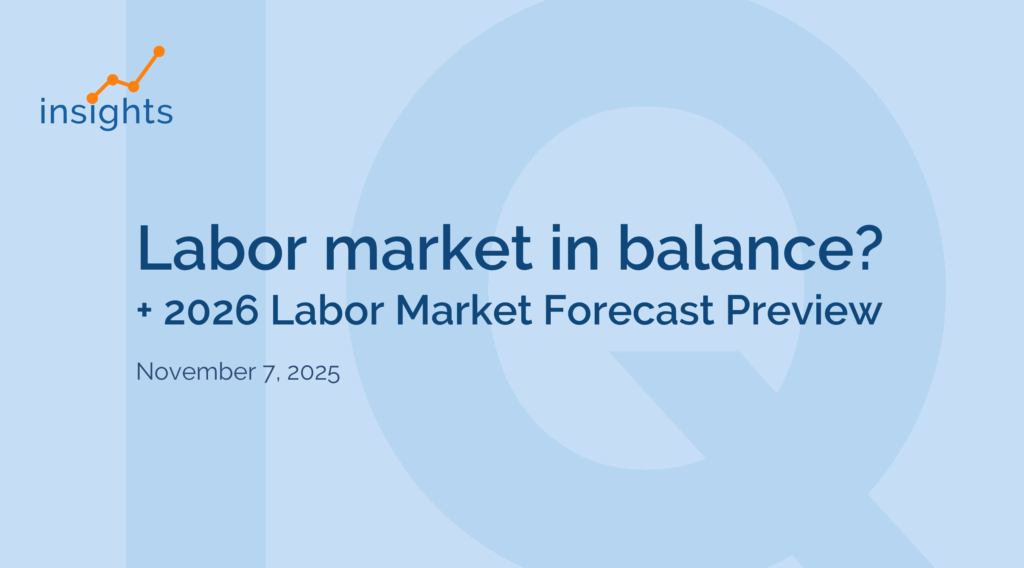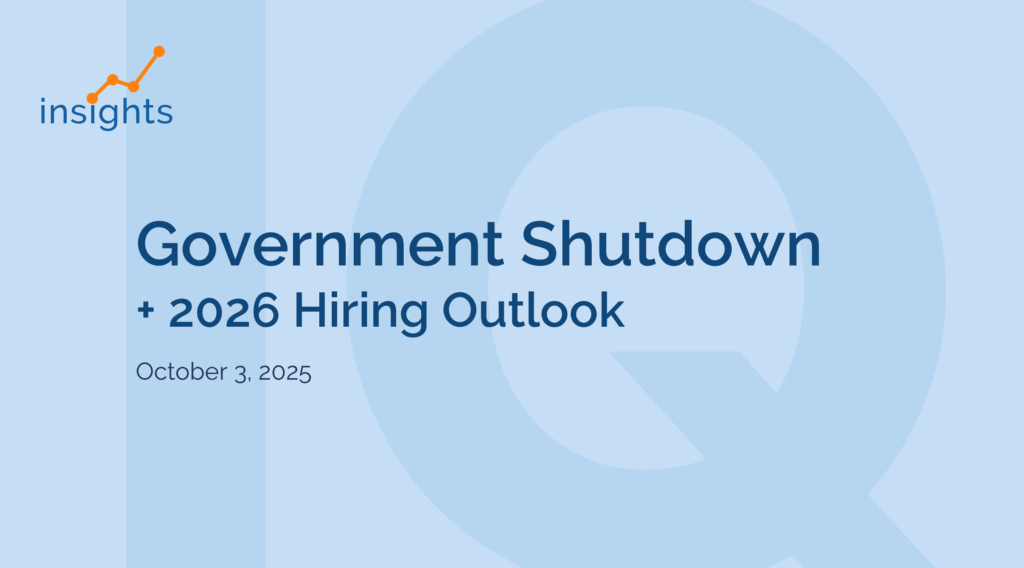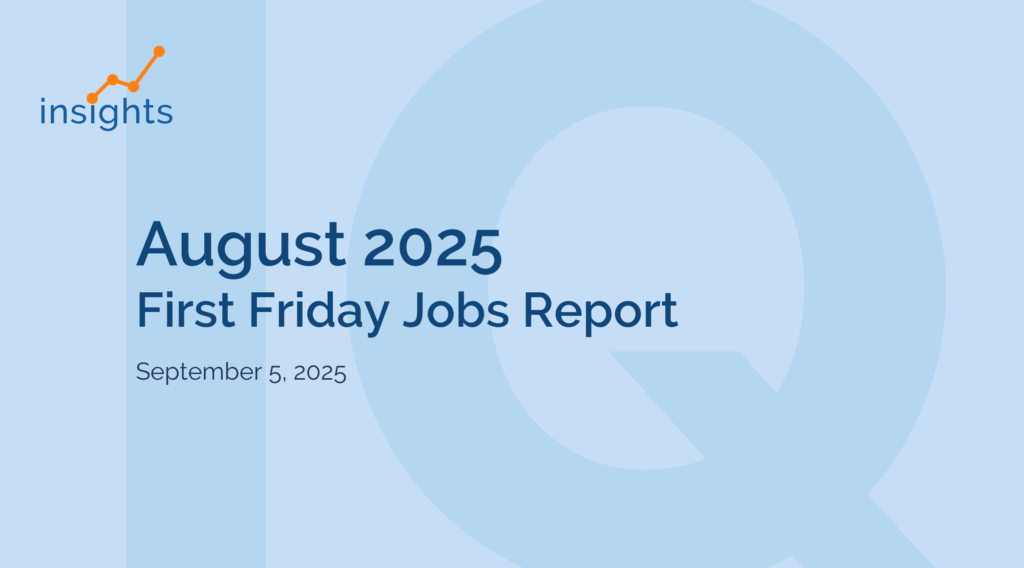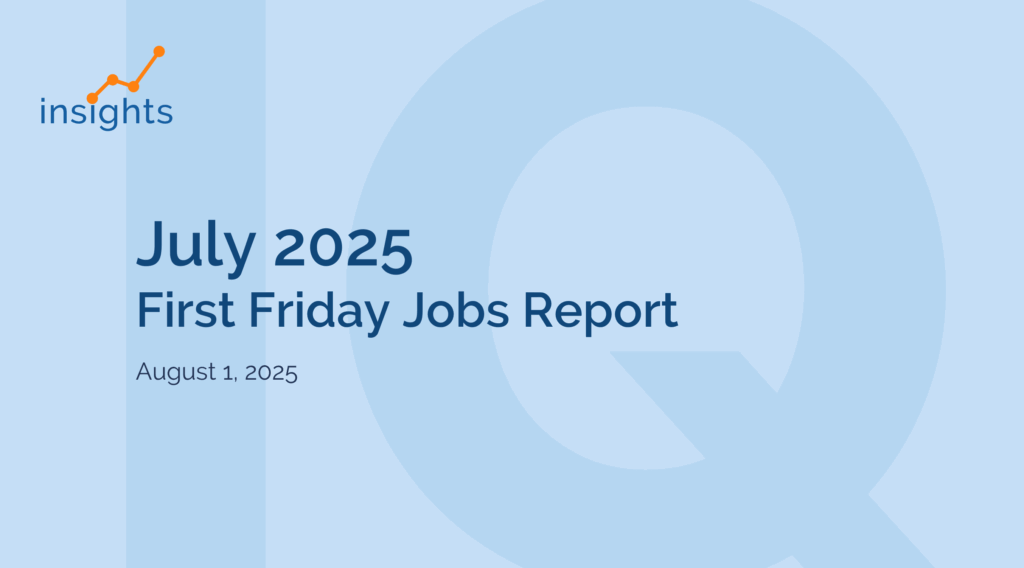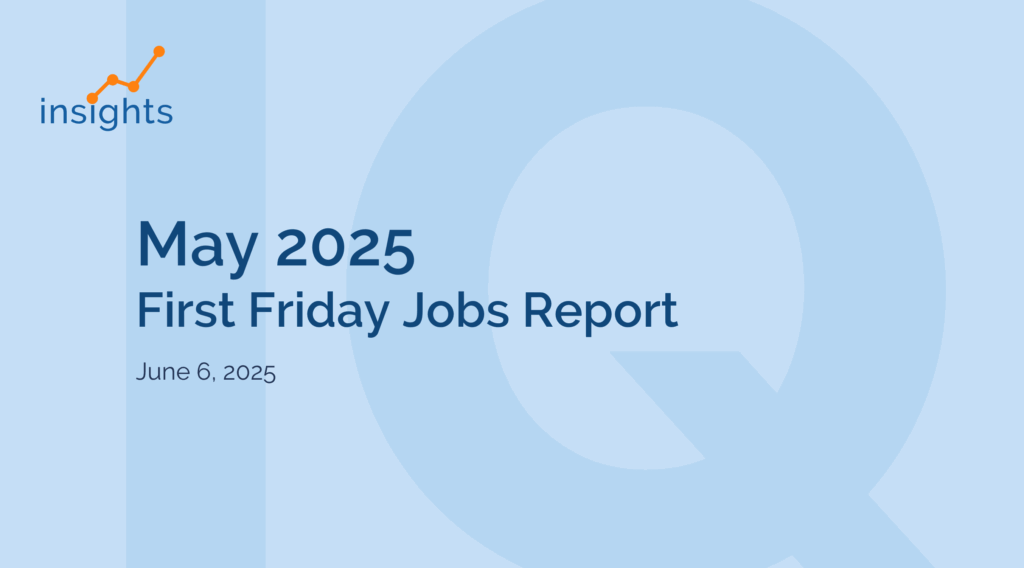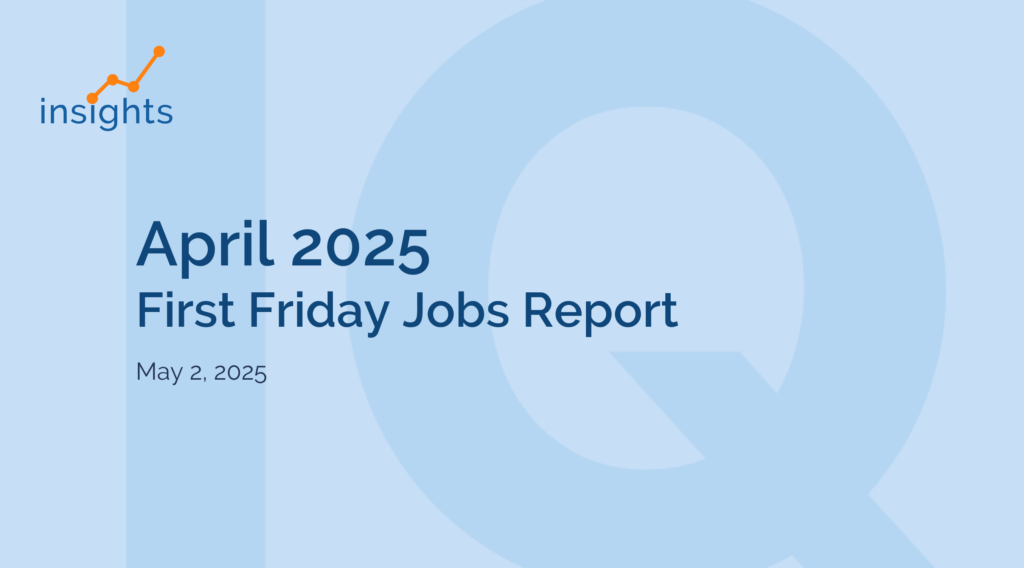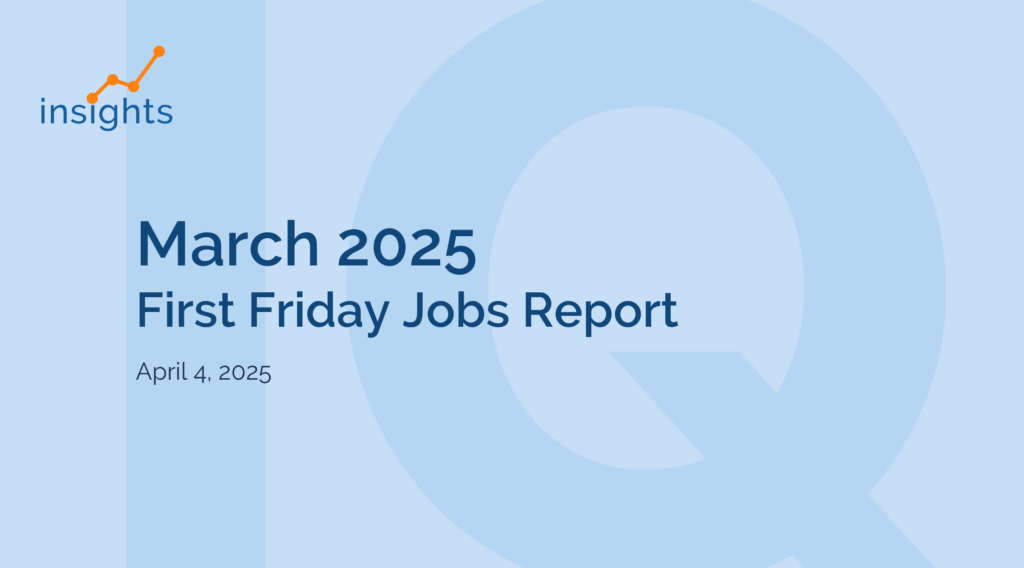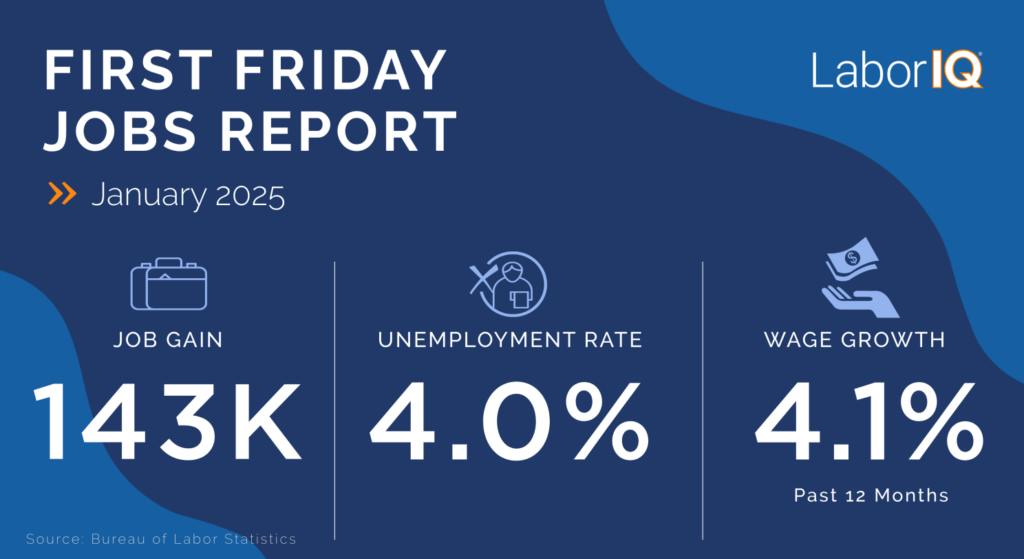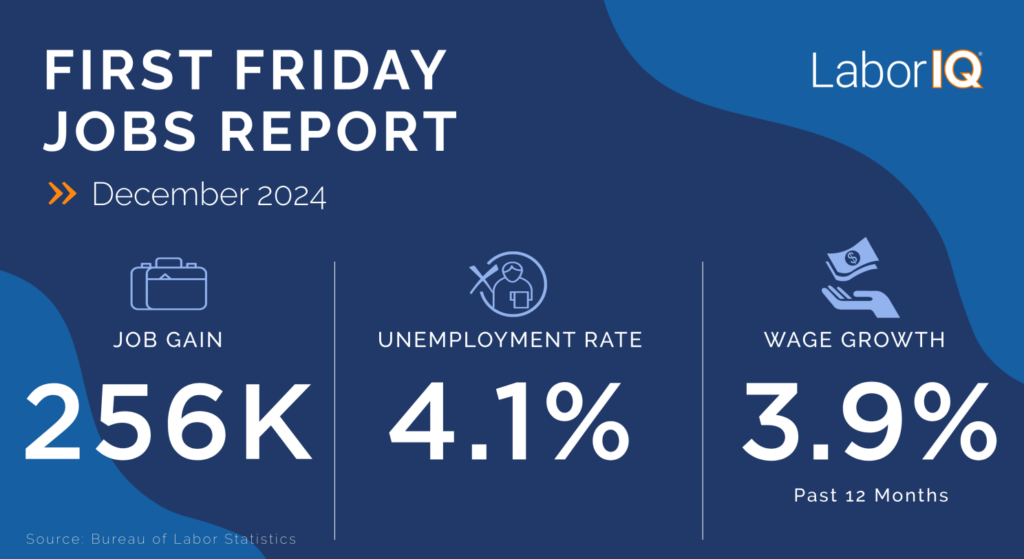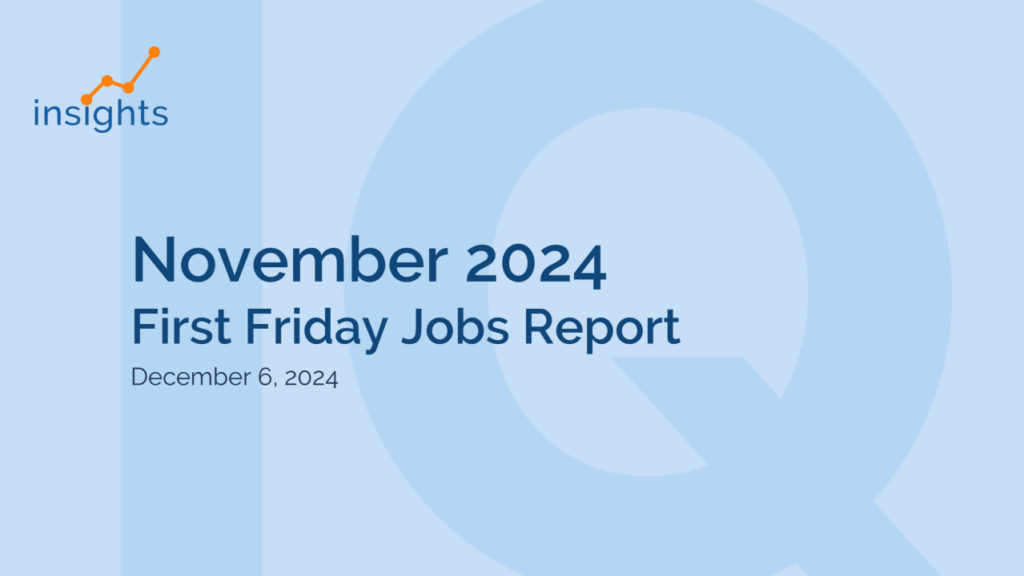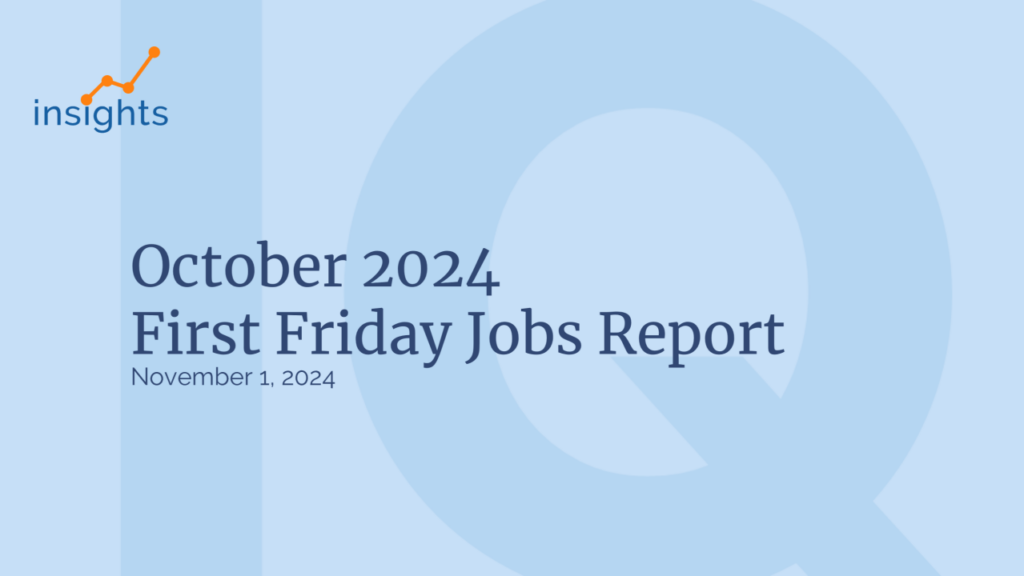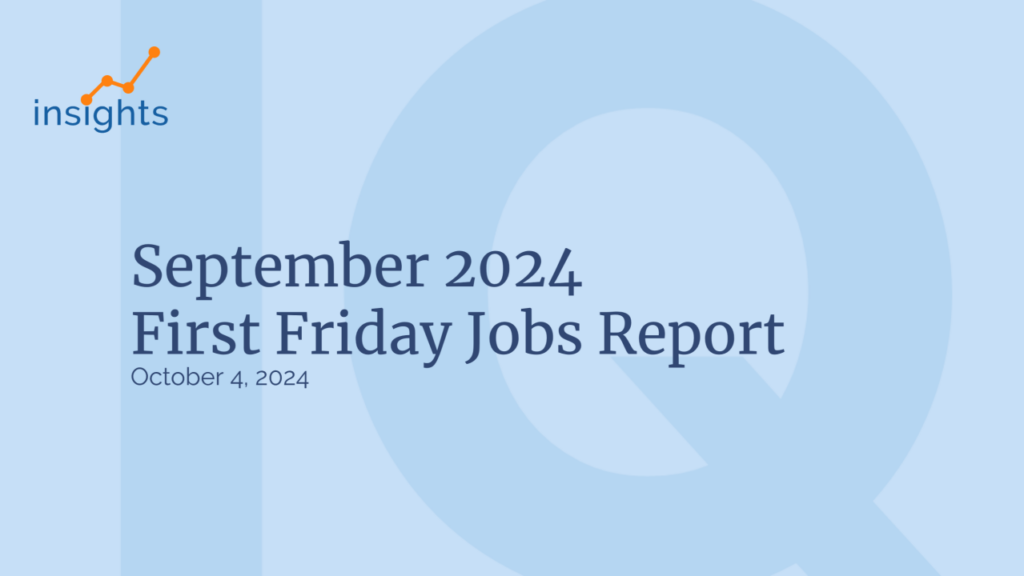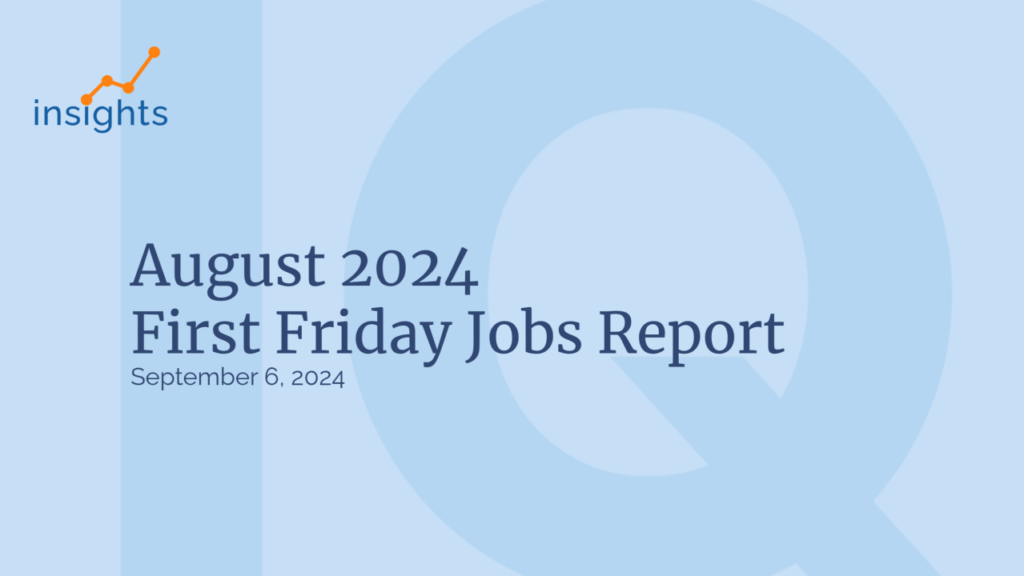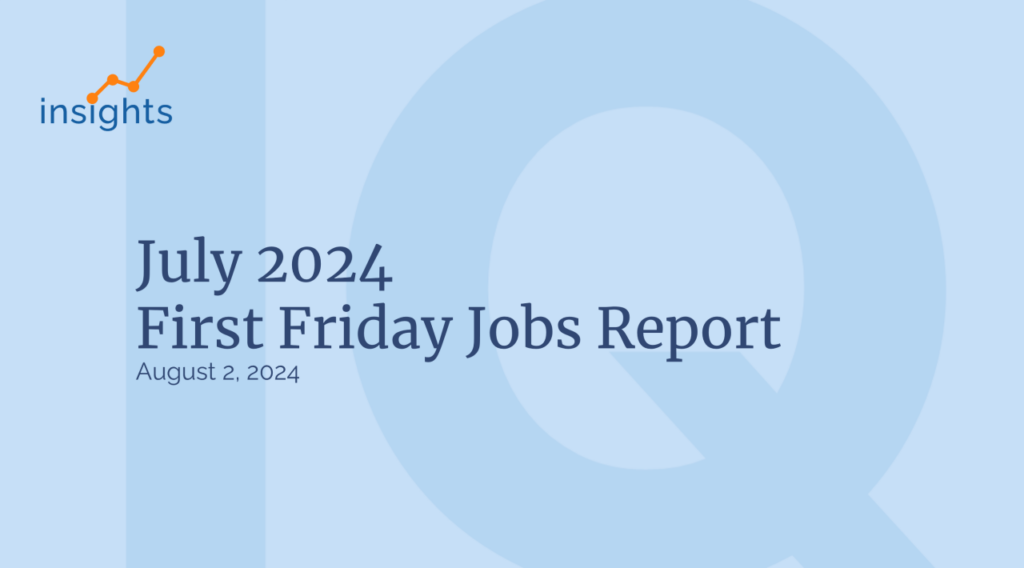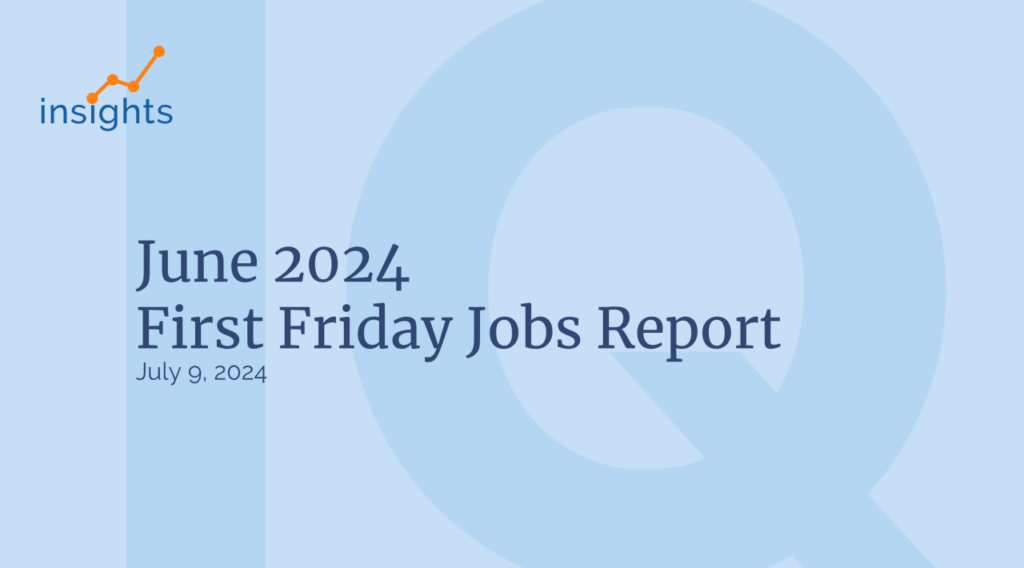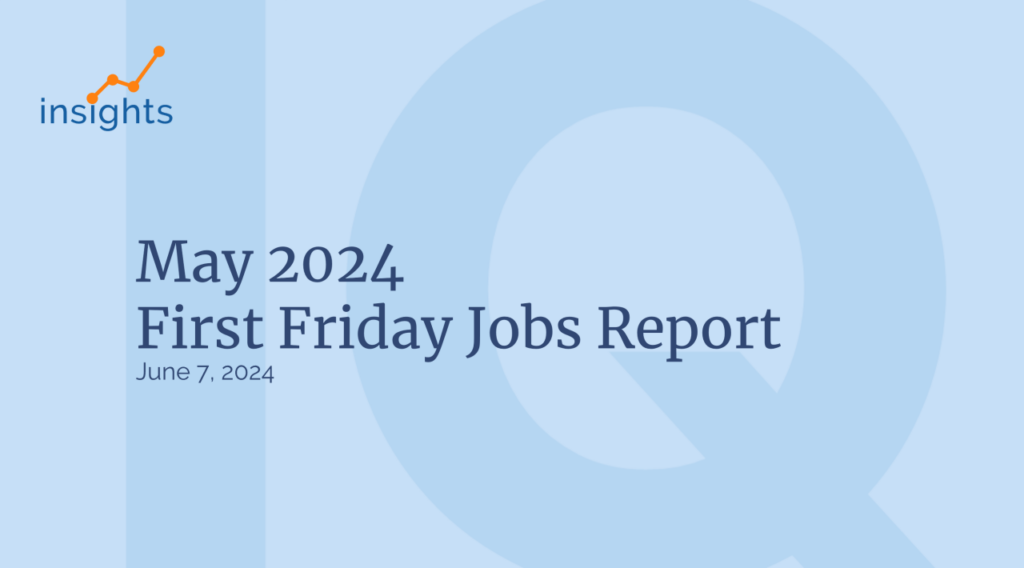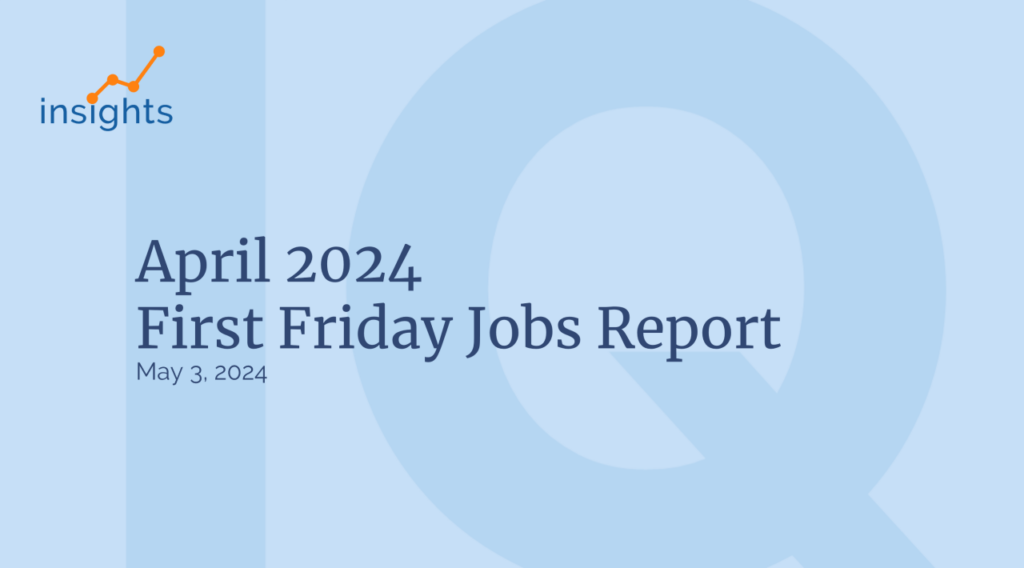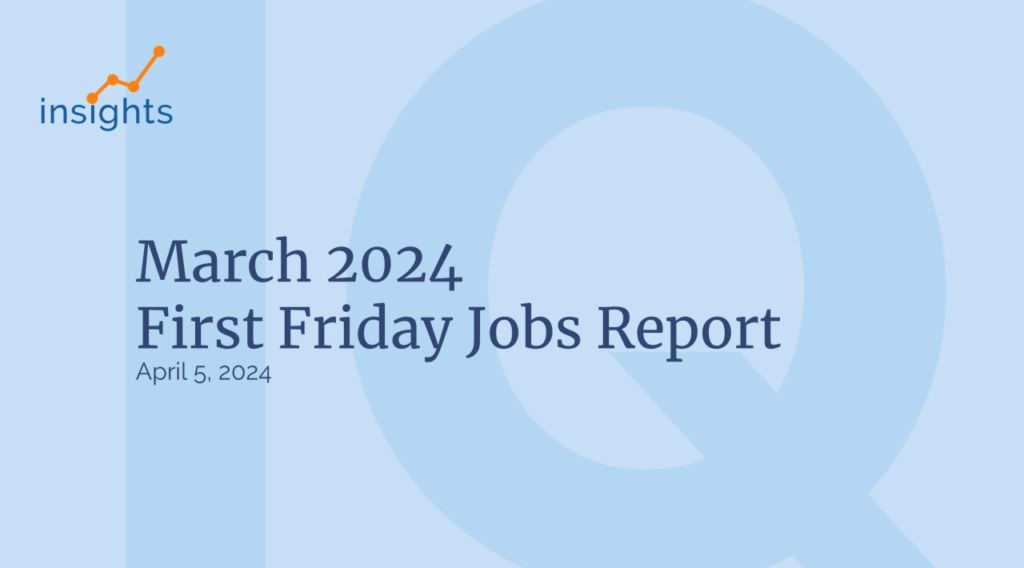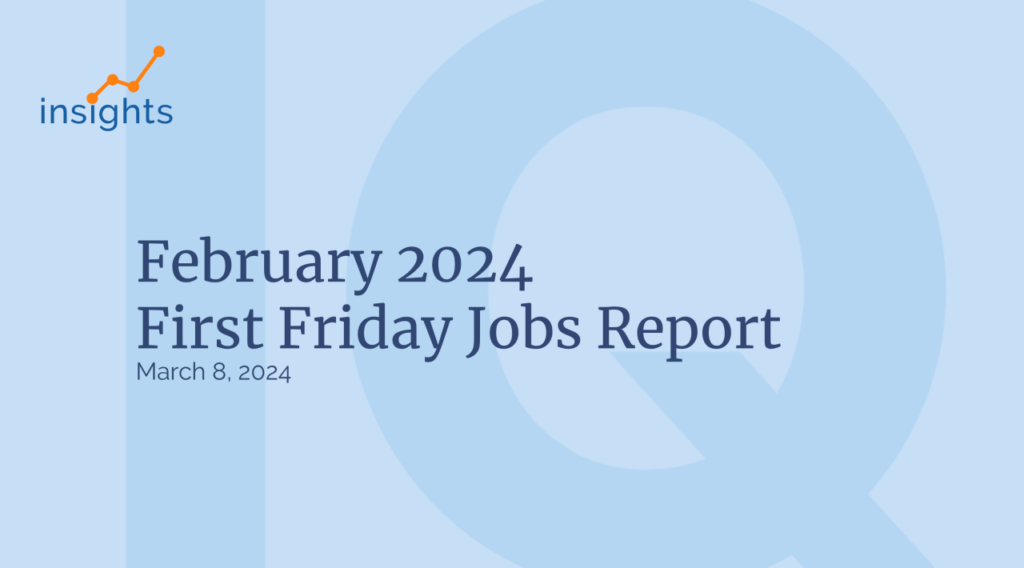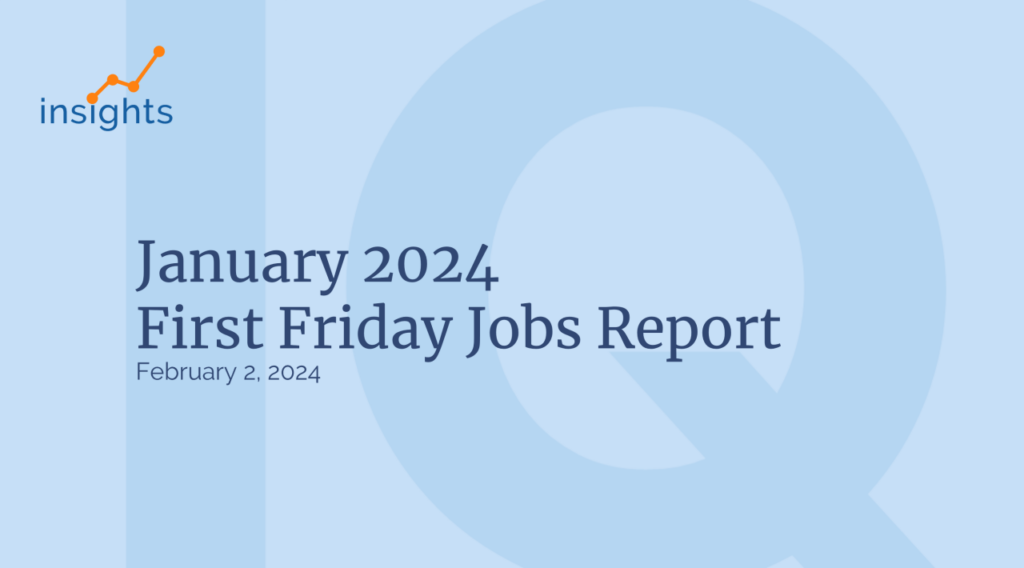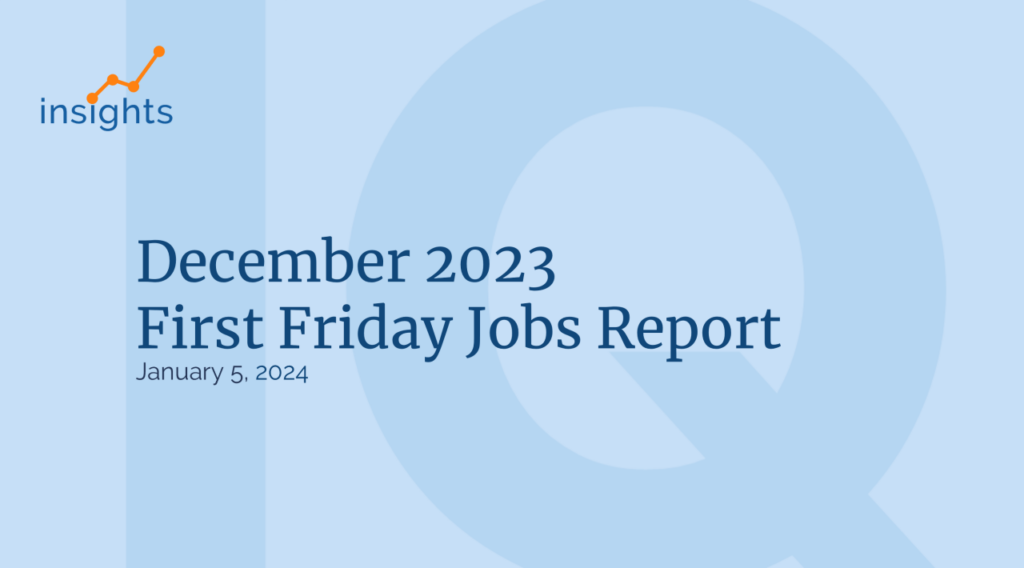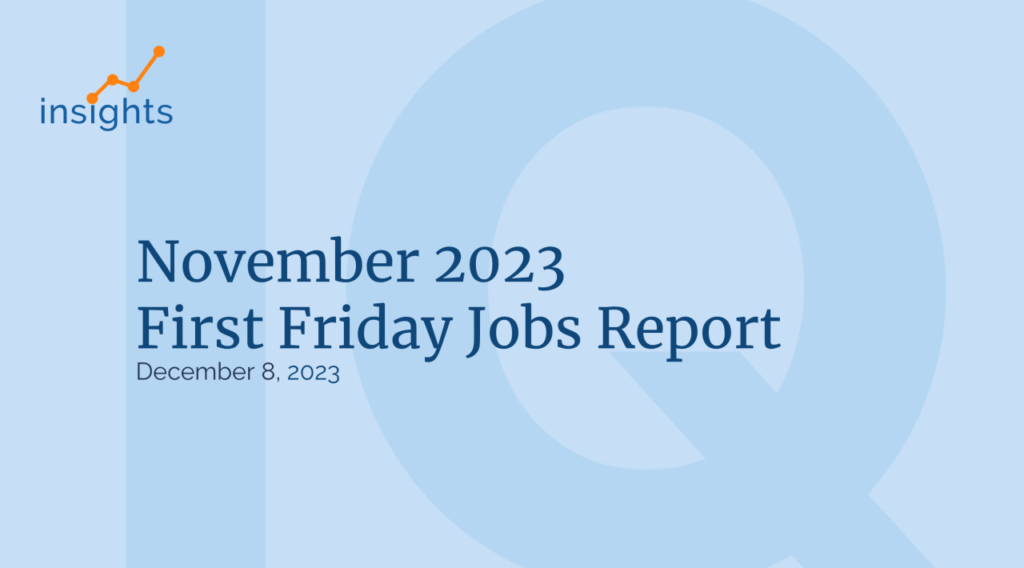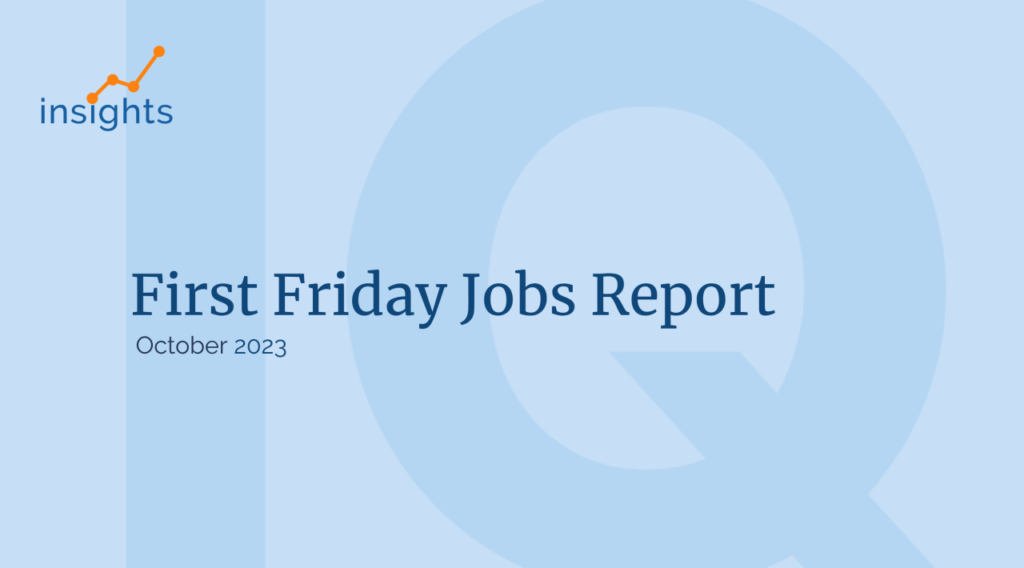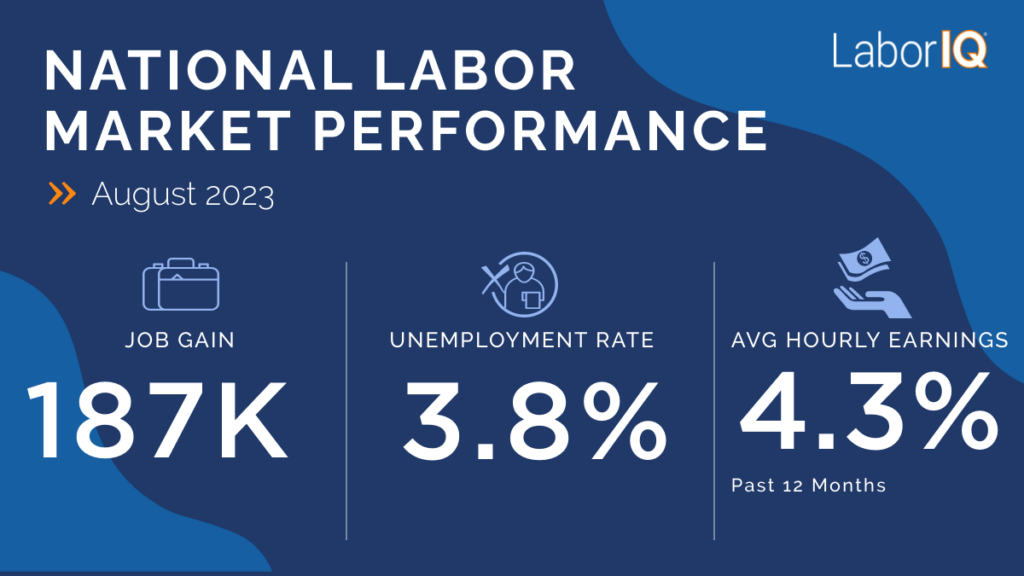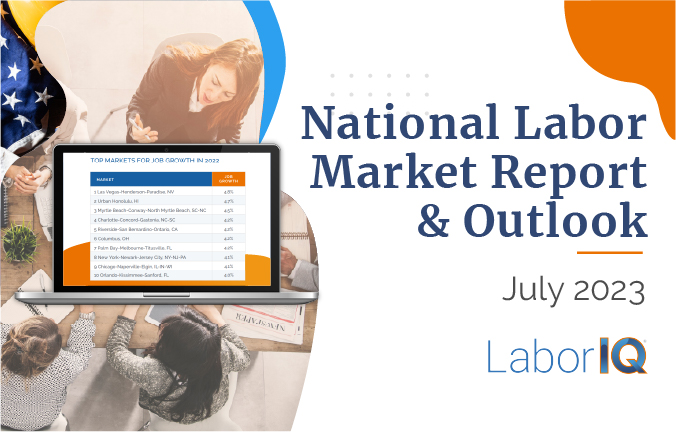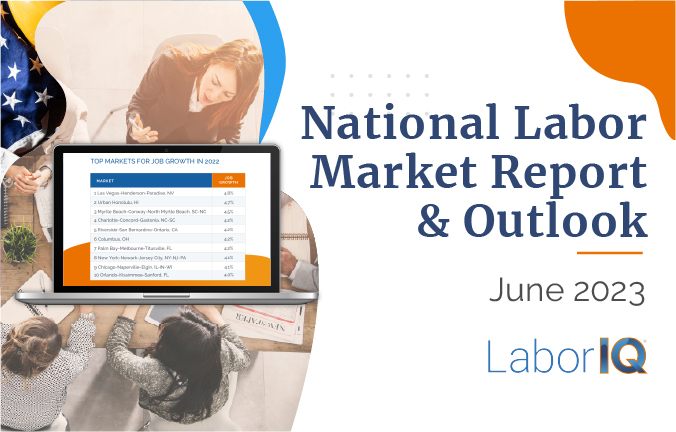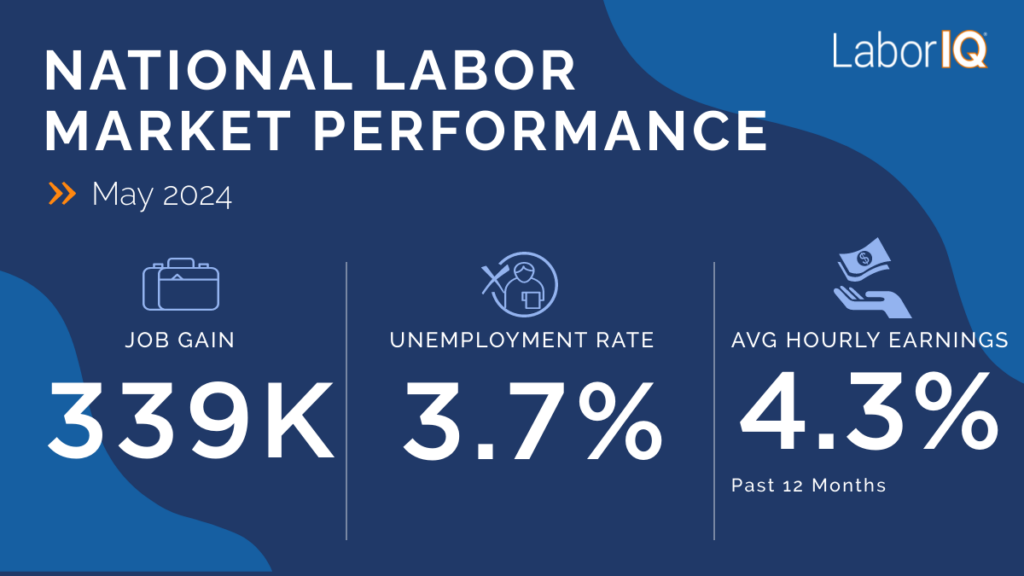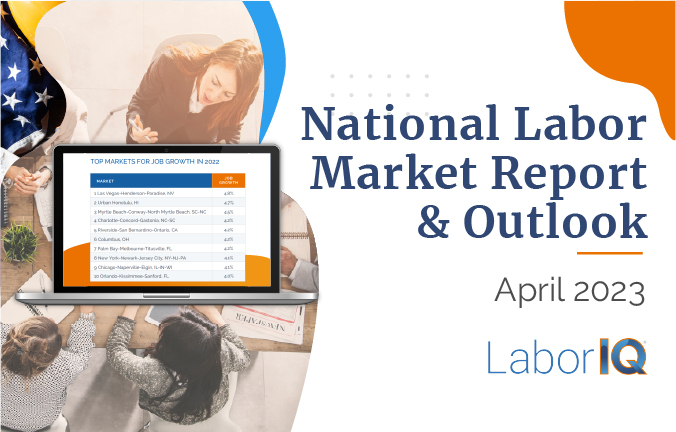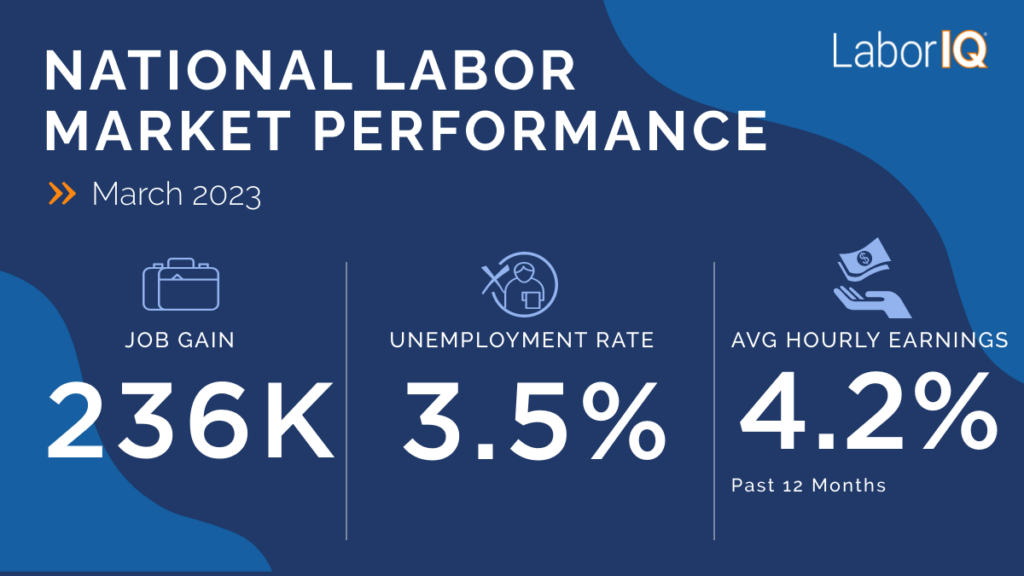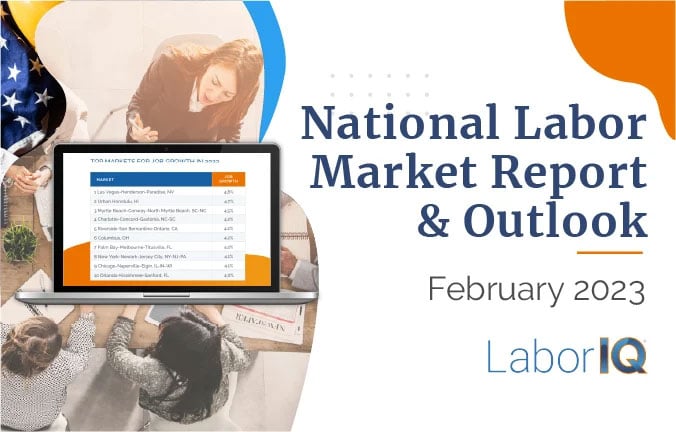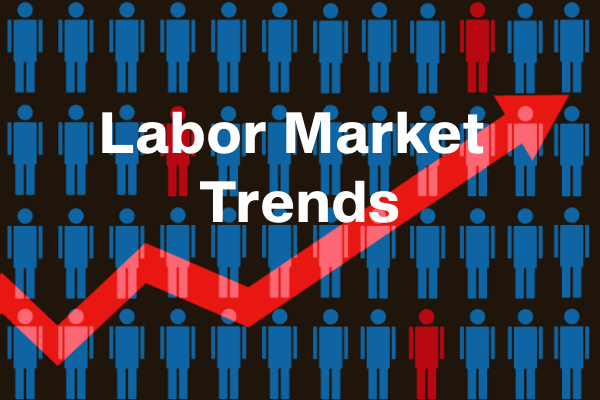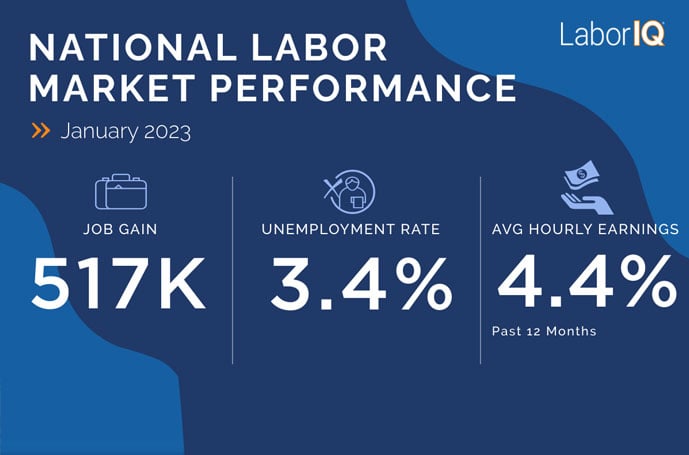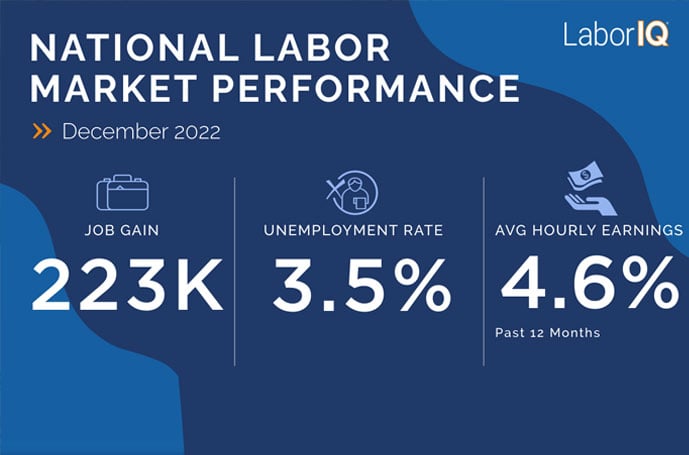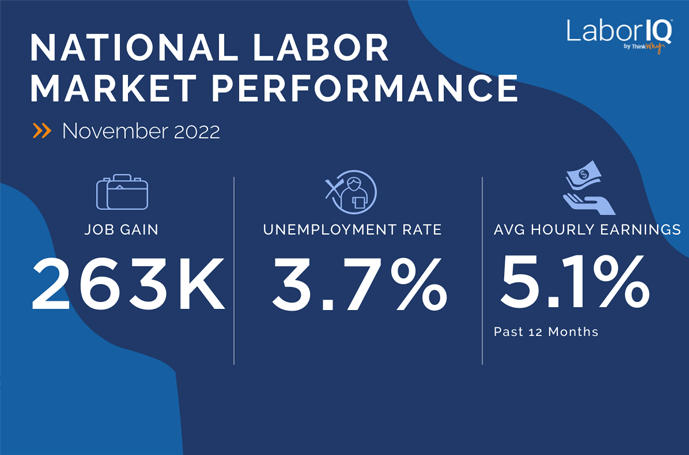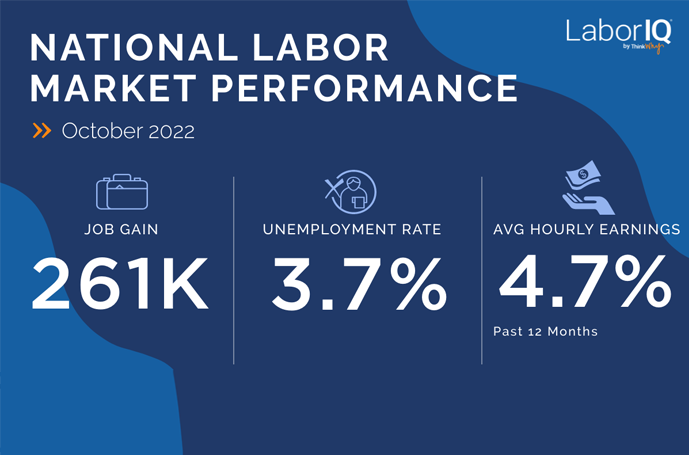Federal government shutdown and the jobs report: What it means for HR and business leaders
On the first Friday of the month for more than four years, my morning routine has been consistent: iced tea from my local coffee shop, breakfast tacos, and the jobs report released at exactly 7:30am CT.
Today, I got my iced tea and tacos but no jobs report.
However, there’s still plenty to discuss about what this federal shutdown means for businesses, HR professionals, and the future of compensation management in the context of ongoing economic changes.
Federal government shutdown 2025: An overview
At midnight on Tuesday, September 30, the U.S. Federal government shut down for the first time since 2018, marking the twenty-first shutdown since the current budget appropriations process was introduced in the mid-1970s.
A government shutdown halts all non-essential operations. Workers performing essential services, including military and air traffic controllers, are required to work, but during previous shutdowns an increase in absences and sick time resulted in slowdowns at airports.
Economic impact: Beyond the Beltway
The shutdown’s effects extend far beyond the Washington DC metro area. States like California, Florida, and Texas employ hundreds of thousands of Federal workers and are home to military bases and business that hold hundreds of billions of dollars in Federal contracts.
The last federal government shutdown occurred in 2018 and lasted five weeks. The Congressional Budget Office estimated an $11 billion-dollar temporary reduction in GDP, $3 billion of which was never recovered.
Why HR and business leaders should care about the Federal shutdown
Navigating Challenges in Compensation Management
Federal workers eventually receive back pay when the shutdown ends. However, not receiving regular paychecks will impact spending and budgets, with ripple effects to retailers, restaurants, and other businesses that are negatively impacted when hundreds of thousands of workers no longer have money to spend.
This situation presents unique challenges and opportunities for talent retention within organizations.
2026 compensation outlook for HR leaders: Strategic planning amid uncertainty
The current environment – government shutdown, tariff policy uncertainty, inflation ticking up, demographic changes, and migration shifts – will continue to impact businesses in large and small ways.
We head toward the end of 2025 with considerable uncertainty. With the exception of healthcare, the labor market has cooled. So, what is the focus for your business interest?
Talent retention and competitive compensation
In 2026, LaborIQ is projecting 62 million hires (which includes backfilling open roles and net new positions), down from 65 million total hires in 2024 and a projected 63 million this year. For context, hiring totals peaked at nearly 77 million in 2022.
With slower hiring anticipated through 2026, wage pressures continue mounting for organizations of all sizes. Wages are expected to grow by more than 3.5% in 2026 — significantly higher than the 2.3% average annual growth from 2015 through 2019.
Effective teams will need to stay on top of competitive pay rates with a watchful eye on the horizon.
Follow LaborIQ for strategic insights on all things U.S. compensation and hiring.

LaborIQ is a compensation data software platform that provides HR and business professionals with real-time salary answers, pay band management, and pay analysis software.
Want to hear about how LaborIQ can help your HR team? Learn more
Preparing for 2026: HR planning starts now
Follow us in the coming weeks as we release the LaborIQ 2026 Outlook. While unknowns remain in the labor market and broader economy, businesses can take strategic steps now during annual planning to prepare teams and workforces for fiscal health.
Access reliable salary data and compensation benchmarking tools to ensure your organization remains competitive in attracting and retaining top talent.
Compensation management resources from LaborIQ
A sluggish economy doesn’t mean it’s time to put your people and compensation strategies on autopilot. Empower your business with data and tools to retain talent and respond to economic challenges.
Optimizing talent retention with compensation management
Defining and communicating pay structures is an important component of talent retention.
- HR Best Practices: Building Effective Compensation Structures for Operational Excellence
- Generation Z Workforce: Driving Radical Pay Transparency and Purpose-Driven Employment
- U.S. Pay Transparency Laws: State-by-State Impact on Business Operations and HR Compliance
- How HR Teams Can Navigate Pay Laws and Ensure Compliance

